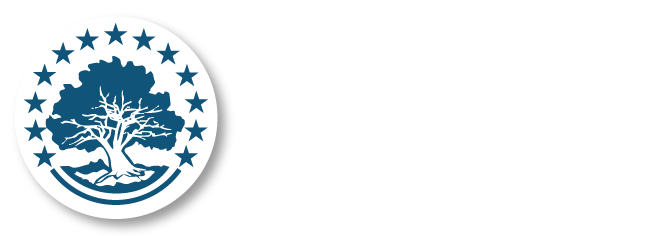The Battle of Princeton
January 3, 1777
Washington Rallying the Americans at the Battle of Princeton by William Ranney (1848)
During the day of January 2nd the weather had hindered the British advance, now at night it assisted the American withdraw by freezing solid the muddy roads. The night march to Princeton was a slow treacherous 13 mile route over a back road with some occasional tree stumps obstructing the way. This byroad, not shown on any map, led to the Quaker Bridge Road which led to Princeton.
In Princeton the British force consisted of three regiments and a battalion of convalescents numbering just over 1,400 men, under Lt. Col. Charles Mawhood. Mawhood had orders to take the 17th and 55th regiments to Trenton and by 8:00 am had already crossed over the Stony Brook Bridge, when the American column was sighted behind them approaching Princeton. Mawhood reversed his line of march to support the 40th regiment still in Princeton. At about the same time, the British column was spotted by the Americans. Washington ordered General Hugh Mercer to take his brigade of 350 men forward to engage the British. Mercer advanced through the fields of Thomas Clarke, reached the apple orchard of William Clarke and engaged the skirmish line of the British 17th regiment. The British skirmishers were forced to withdraw, but would return in force with the 55th regiment. Fierce fighting ensued until a determined bayonet charge by the British routed Mercer’s men. Attempting to rally his retreating men, Mercer who had dismounted from his injured horse and having refused to surrender, was knocked to the ground and then bayoneted 7 times.
The British pursued Mercer’s men but halted after sighting the approach of Colonel Cadwalader’s brigade of 1,000 militia. Cadwalader reached the high ground near the Thomas Clarke house and had advanced to within 50 yards of the British line, but the militia could not stand the enemy musket and cannon fire and were forced to retreat. Captain Moulder’s artillery battery of two guns, positioned near the Thomas Clarke house, stood their ground firing point blank at the advancing British. Moulder’s guns as well as the arrival of General Washington with reinforcements halted the British advance. Hitchcock and Hand’s brigades advanced from the right and according to Thomas Rodney:
General Washington having rallied both General Mercer’s and General Cadwalader’s brigades, they moved forward and… began a very heavy platoon fire on the march. This the enemy bore but a few minutes and then threw down their arms and ran.
The battle however was not yet over; General Sullivan’s division having advanced toward the town had been in a standoff with part of the British 55th regiment until the 17th had been defeated. The 55th then joined the 40th above a small ravine called Frog Hollow. As soon as Sullivan advanced the British withdrew into the town, but this retreat turned into a rout as many soldiers fled the town in full retreat toward Brunswick. The British Stores that could not be hauled away would be burned as Washington marched his army to Morristown, arriving there on January 6th where it would take up winter quarters.
The significance of this battle, which concluded an incredible ten day campaign, was an enormous morale boost resulting in an increase in recruitment. The war had not yet been won, but it may have been saved from a quick defeat.

